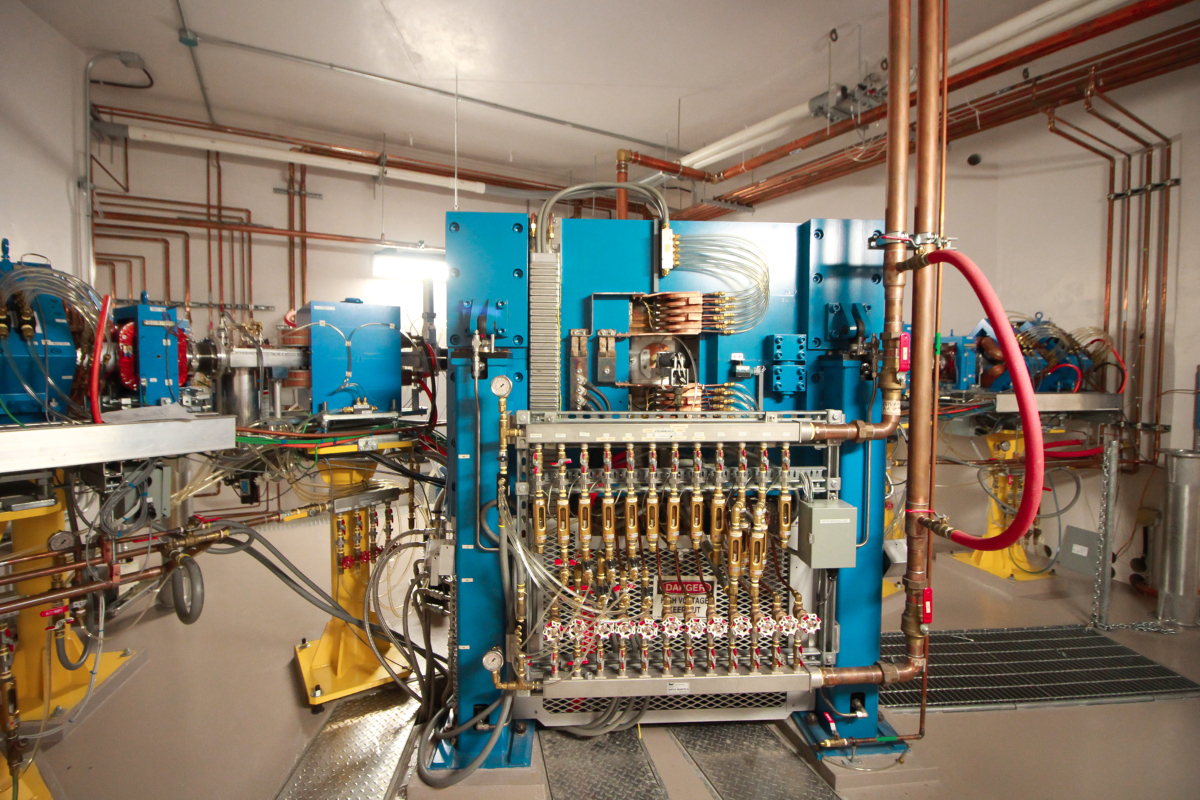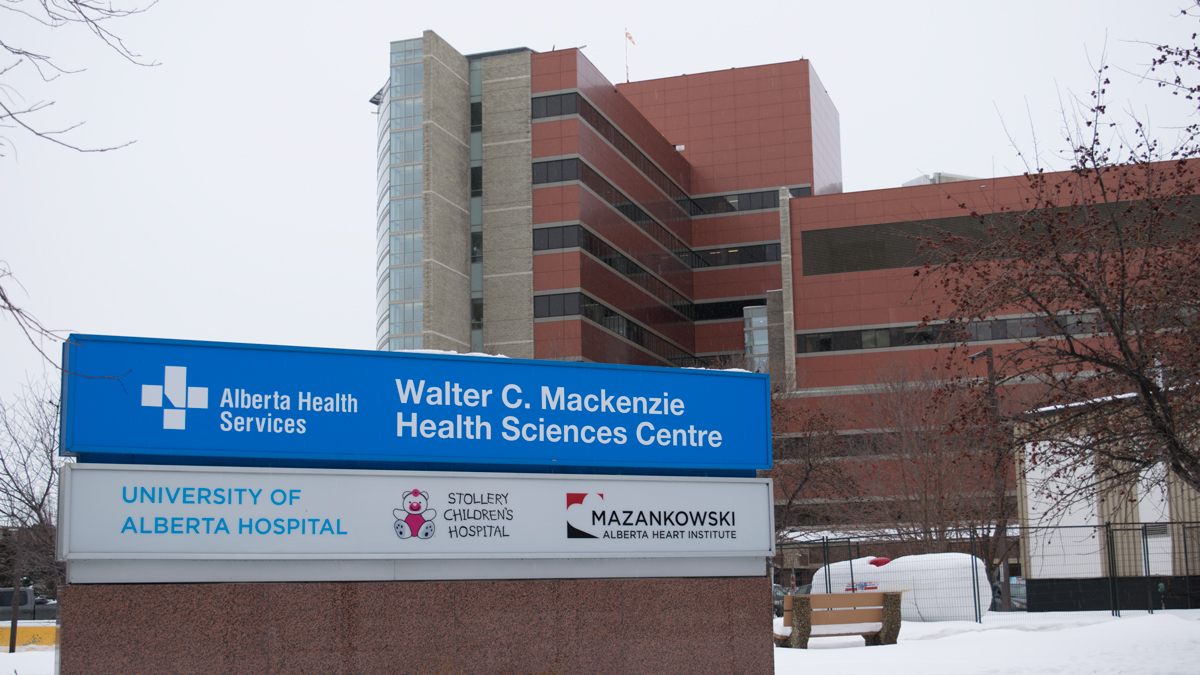 Supplied
SuppliedUnlike traditional nuclear methods of generating isotopes for medical imaging, the new particle accelerator at South Campus can generate a wider range of isotopes without producing nuclear waste.
The particle accelerator, known as a cyclotron, can produce enough isotopes for 1,000 diagnostic procedures a day – enough for both Calgary and Edmonton. John Wilson, the facility’s manager said the technology may soon replace nuclear reactors in providing medical isotopes for major cities across Canada.
“We’re the first to show that it can be produced to this quantity,” Wilson said.
More than 70 percent of the world’s diagnostic imaging is done using technetium-99m, a radioactive tracer. When fused with a drug or other molecule, its passage through the body can then be monitored using gamma cameras.
Wilson said the method can be used to track tumour growth and drug metabolism in cancer patients.
Technetium-99m has been traditionally supplied through splitting atoms in a nuclear reactor to produce molybdenum-99, which then decays into technetium-99m. However, only six percent of the material produced in a nuclear reactor can be used, the rest is nuclear waste.
Using a particle accelerator, Wilson said technetium-99m can now be produced directly by firing a stream of protons at a target material. The method bypasses the safety and environmental concerns surrounding traditional nuclear reactors.
“When the electricity stops, the (isotope) production stops,” Wilson said. “It’s a much safer technology.”
But Wilson said what makes the cyclotron useful is its ability to generate difficult to produce medical isotopes.
While most hospitals and clinics continue to rely on technetium for gamma imaging, Wilson said the technology is slowly being replaced with positron emission tomography (PET) scans.
“Technetium is more or less like black and white TV,” Wilson said. “It’s low definition.”
By varying the target material used in the cyclotron, the technology can produce other medical isotopes like radioactive fluorides for PET, something traditional nuclear reactors cannot produce.
Since 2010 the Canadian government has been investing in the creation of alternative medical isotope sources.
In 2009, countries across the globe faced a medical isotope shortage when the two major nuclear reactors producing technetium-99m were briefly out of service. The National Research Universal Reactor in Chalk River, Ontario was closed due to a heavy water leak the same period the High Flux Reactor in Petten, Netherlands was shut down for a month-long maintenance.
After 61 years of operation, the Chalk River reactor has since been decommissioned in 2016, and Wilson believes the 57-year-old High Flux Reactor in Petten likely won’t last much longer.
“There’s only about six or seven reactors in the world that are producing [medical isotopes] and they’re ageing,” Wilson said. “It’s not that it wasn’t good technology, it’s just that nobody wants to build reactors anymore … Nobody wants a reactor built in their backyard.”
While the cyclotron is ready for use, Canada’s federal and provincial governments have yet to determine how the technology may be implemented across the country and how it may be integrated into existing healthcare practices.
However, Wilson is optimistic that the new cyclotron will set the province up for success down the line as the demand for technetium shifts.
“The cyclotron gives you a more or less stable continuous source (of isotopes),” Wilson said. “You don’t have to worry about what’s happening on the outside.”




